SF Double-Layer Tank
Advantages and Production Process of SF Double-Layer Tanks
SF, the full name of which is Steel Reinforced Fiberglass Composite Double-Layer Oil Storage Container, is a double-layer oil tank formed by adding a fiberglass composite anti-seepage sleeve outside a single-layer steel oil tank. There is a continuous gap space between the steel inner tank and the fiberglass outer tank.
SF structure features:
Double-layer composite structure: Composed of a steel inner tank and a fiberglass-reinforced plastic (FRP) outer tank, there is a certain gap between the two layers, creating an independent monitoring space.
Inner layer: The inner tank is made of steel, which is of high strength and suitable for storing oil products; the outer tank is made of fiberglass reinforced plastic, which is corrosion-resistant and resistant to aging, and can adapt to complex environments.
Outer layer: Reinforced glass fiber layer, with a thickness greater than 4mm, featuring excellent compressive and seismic resistance properties, as well as corrosion and electro-corrosion resistance.
Gap monitoring design: The gap is equipped with a double-layer design that can be filled with inert gas or a monitoring system is set up. The leakage detector conducts real-time monitoring 24 hours a day. An alarm is triggered when the liquid level at the bottom of the gap space is detected, enhancing safety.
Material characteristic combination: The inner tank is made of steel, which has high strength and is suitable for storing oil products; the outer tank is made of fiberglass reinforced plastic, which is corrosion-resistant and resistant to aging, and is adaptable to complex environments.
Overall sealing: The joints and welds of the tank body have been specially treated to ensure the sealing performance of the double-layer structure and reduce the risk of leakage.
Compact structure: Integrated design, with a volume similar to that of traditional single tanks, saving installation space and facilitating transportation and on-site construction.
Safety Function
If the inner tank of the double-layer oil tank leaks, the gas or detection liquid with certain pressure in the double-layer gap will enter the atmospheric pressure inner tank, causing changes in the pressure or liquid level in the double-layer gap, and triggering an audible and visual alarm. When the liquid storage leaks into the double-layer gap, since the outer tank remains intact, the liquid will not leak out, thus ensuring the safety of the liquid, the soil, and the groundwater.
If the outer tank leaks, a certain amount of pressurized gas or detection liquid in the double-layer gap will enter the soil. Similarly, the pressure or liquid level in the double-layer gap will also change, triggering an audible and visual alarm. At this time, since the inner tank is intact and the stored liquid is safe; only gas or detection liquid enters the soil, so the soil and groundwater are also safe.
Since the liquid stored in the inner tank is a different medium from the soil and groundwater in the outer tank, and the corrosion rates of the tank materials are different, the probability of leakage occurring is almost zero. Therefore, it can prevent the leakage of the stored liquid from the tank, achieving safe production and environmental protection.
The SF double-layer oil tank is easy to install, significantly shortening the construction period and reducing the cost investment; the remote monitoring system facilitates daily and regular inspections, and digital control eliminates the need for cumbersome manual operations; the protection requirements of the SF double-layer oil tank are 1/10 of those of ordinary oil tanks, greatly saving maintenance investment costs; the SF double-layer oil tank has high economic efficiency and excellent environmental performance, effectively protecting energy and avoiding serious hazards and losses caused by energy leakage.
The price advantage of SF double-layer oil tanks has also promoted their wide application. Compared with SF double-layer oil tanks, FF double-layer oil tanks are too expensive. For instance, in the underground storage tank market in Japan, steel single-layer oil tanks account for only 5%, while SF double-layer oil tanks account for as high as 75%, and FF double-layer oil tanks account for only 5%. Clearly, this is because FF double-layer oil tanks are too expensive. At the same time, SS double-layer oil tanks cannot solve the problem of external electrochemical corrosion on the outer layer, have a short service life, and cannot meet the requirements of energy conservation and environmental protection. Therefore, for a long time to come, SF double-layer oil tanks will occupy the dominant position in the market.
Production process flow
Steel shell welding → Installation of flange accessories → Shell leakage test → Surface sandblasting and rust removal → Bottom layer anti-rust spraying → Isolation film treatment → Overall glass fiber spraying of the shell → Curing → Special parts glass fiber treatment → Curing → Inspection of flatness of gap → Pressure and pressure reduction check of gap → Qualified → Storage


MAECENAS IACULIS
Vestibulum curae torquent diam diam commodo parturient penatibus nunc dui adipiscing convallis bulum parturient suspendisse parturient a.Parturient in parturient scelerisque nibh lectus quam a natoque adipiscing a vestibulum hendrerit et pharetra fames nunc natoque dui.
ADIPISCING CONVALLIS BULUM
- Vestibulum penatibus nunc dui adipiscing convallis bulum parturient suspendisse.
- Abitur parturient praesent lectus quam a natoque adipiscing a vestibulum hendre.
- Diam parturient dictumst parturient scelerisque nibh lectus.
Scelerisque adipiscing bibendum sem vestibulum et in a a a purus lectus faucibus lobortis tincidunt purus lectus nisl class eros.Condimentum a et ullamcorper dictumst mus et tristique elementum nam inceptos hac parturient scelerisque vestibulum amet elit ut volutpat.




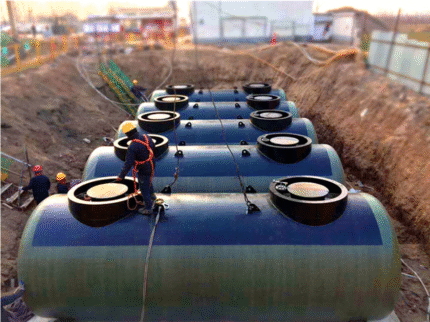

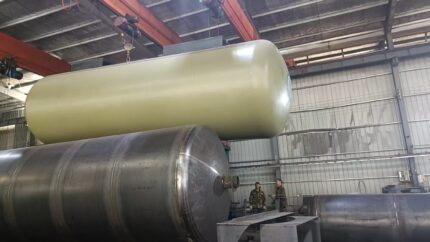
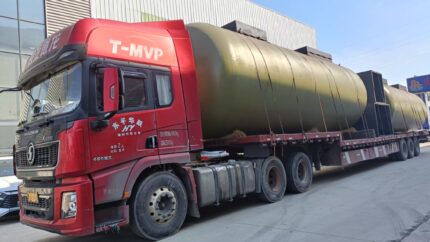
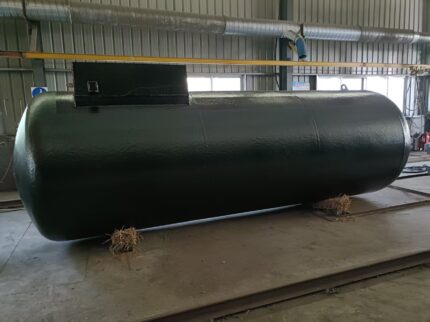
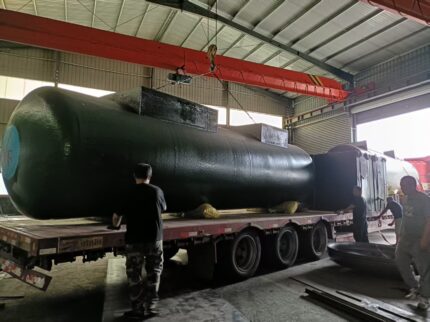
Reviews
There are no reviews yet.